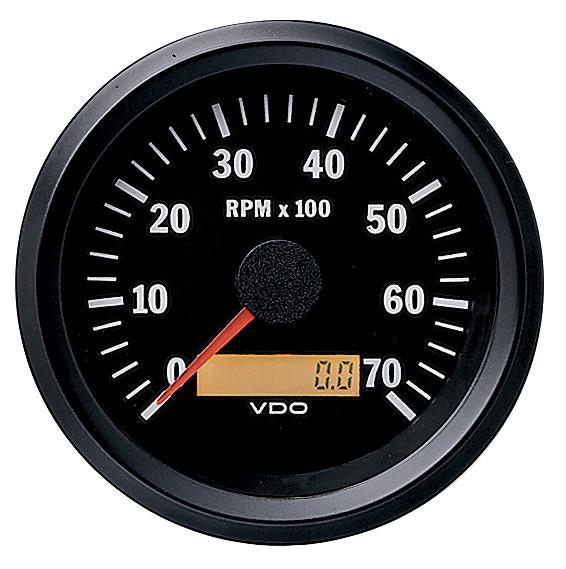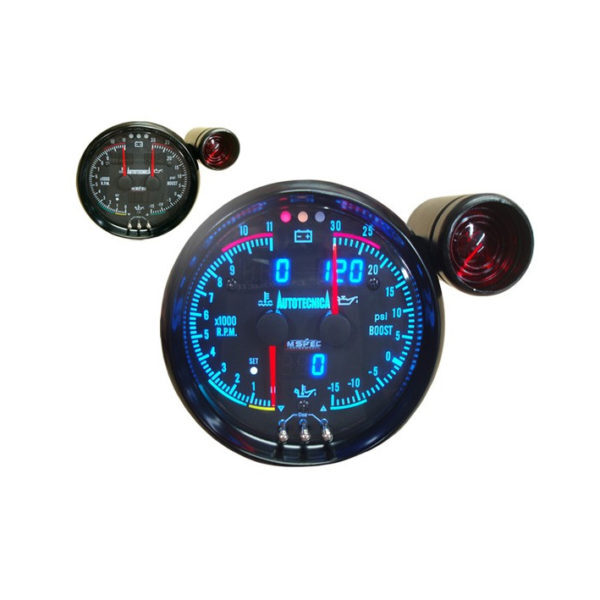Professional Tips for Maintaining and Adjusting Your Tachometer
Professional Tips for Maintaining and Adjusting Your Tachometer
Blog Article
The Relevance of a Tachometer in Monitoring Engine Speed and Efficiency in Automotive Applications
In the world of automobile design, the tachometer stands as a pivotal tool in the driver's arsenal, supplying a direct home window into the inner workings of a vehicle's engine. Past its feature as a plain scale of changes per minute (RPM), the tachometer functions as an important device for lovers and experts alike, providing real-time insights right into engine performance and health and wellness. Understanding the importance of this gadget surpasses surface-level observations, diving into the detailed partnership in between engine speed, power output, and general driving experience. As we explore the diverse duty of the tachometer in vehicle applications, a much deeper gratitude for its influence on vehicle characteristics and efficiency starts to emerge.
Significance of Monitoring Engine RPM
Checking engine RPM, or changes per minute, is a vital element of automotive maintenance and efficiency analysis. Engine RPM directly associates with the rate at which the engine's crankshaft turns, showing exactly how quickly the engine is running - tachometer. By checking RPM, mechanics can analyze the wellness of the engine, spot possible issues, and fine-tune performance. An irregular RPM analysis may indicate problems such as engine misfires, defective trigger plugs, or concerns with the gas delivery system. Regularly high RPM readings can indicate aggressive driving practices or the requirement for a higher gear shift to improve gas efficiency.
Moreover, keeping track of engine RPM is important for efficiency examination in racing and high-performance automobiles. Preserving ideal RPM degrees is critical for accomplishing peak power outcome and acceleration. Racers often use tachometers to guarantee they are operating within the optimal RPM variety for maximum efficiency. In summary, checking engine RPM is not only essential for spotting issues but likewise for optimizing engine efficiency in numerous auto applications.

Benefits of Real-Time Data
In automobile applications, real-time information plays a critical function in giving immediate insights into the performance and condition of the lorry. By constantly monitoring numerous criteria such as engine speed, temperature level, gas consumption, and more, real-time information provides various advantages that add to improved efficiency and safety when driving.
Furthermore, real-time data helps with efficiency optimization by providing instant feedback on driving behaviors and engine efficiency. Drivers can change their habits in real-time based on this information to achieve much better fuel economy and lengthen the lifespan of their car.

In addition, real-time information plays a crucial role in modern automotive diagnostics, making it possible for service technicians to quickly identify and deal with malfunctions. This results in reduced downtime, lower maintenance costs, and inevitably, boosted overall automobile integrity and longevity (tachometer). By utilizing the power of real-time data, auto stakeholders can make educated decisions that positively influence both the performance and longevity of the automobile
Influence on Gear Shifts
The tachometer plays an essential duty in maximizing equipment changes by offering real-time engine rate information to the driver. When approaching the redline on the tachometer, it indicates the motorist to upshift to protect against over-revving the engine and triggering possible damages.
Additionally, the tachometer help in attaining smoother equipment shifts, specifically in hands-on transmissions. By checking engine speed, drivers can execute gear shifts at the optimal RPM array, reducing snagging movements and decreasing wear on the transmission parts. This precision on duty adjustments not just boosts driving comfort however also contributes to sustain efficiency.
Enhancing Fuel Performance
Given the critical duty the tachometer plays in maximizing equipment changes for performance and engine health, it directly adds to maximizing fuel efficiency in automotive applications. By giving real-time comments on engine rate, the tachometer helps vehicle drivers in keeping the Learn More Here most efficient RPM array for fuel economy. When chauffeurs consistently keep track of the tachometer and adjust their motoring habits accordingly, they can stay clear of unnecessary fuel consumption triggered by over-revving or carrying the engine.
Additionally, the tachometer aids drivers determine the most fuel-efficient equipment to be in at any provided moment, avoiding the engine from functioning harder than required. In final thought, the tachometer serves he has a good point as an important device in boosting gas effectiveness by advertising ideal driving behaviors and recognizing areas for improvement in the vehicle's efficiency.

Making The Most Of Engine Longevity
The tachometer's duty in keeping an eye on engine rate and efficiency is crucial in making sure the durability of automotive engines. By making use of the tachometer successfully, drivers can optimize engine longevity with mindful RPM administration. Consistently revving an engine as well high can bring about too check out this site much damage on vital parts, such as the pistons, valves, and bearings. Over time, this can result in reduced engine efficiency and possible malfunctions. Keeping an eye on the tachometer permits motorists to remain within the suggested RPM array for their vehicle, avoiding unnecessary strain on the engine and extending its life expectancy.

Final Thought
Finally, the tachometer plays an important duty in keeping track of engine speed and performance in vehicle applications. By providing real-time data on RPM, it permits efficient gear changes, enhanced fuel performance, and made the most of engine longevity. This tool is important for maintaining optimum engine performance and making sure the general functionality of a vehicle.
Report this page